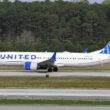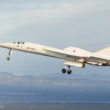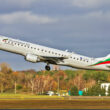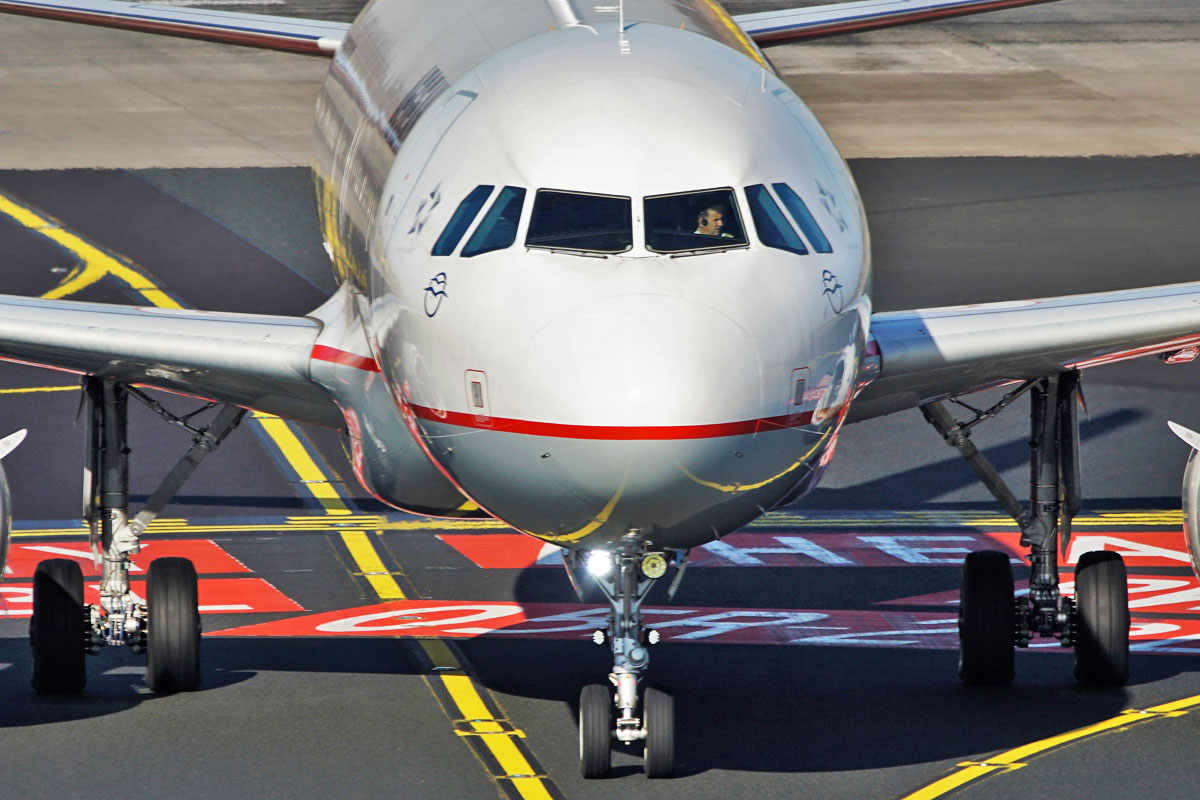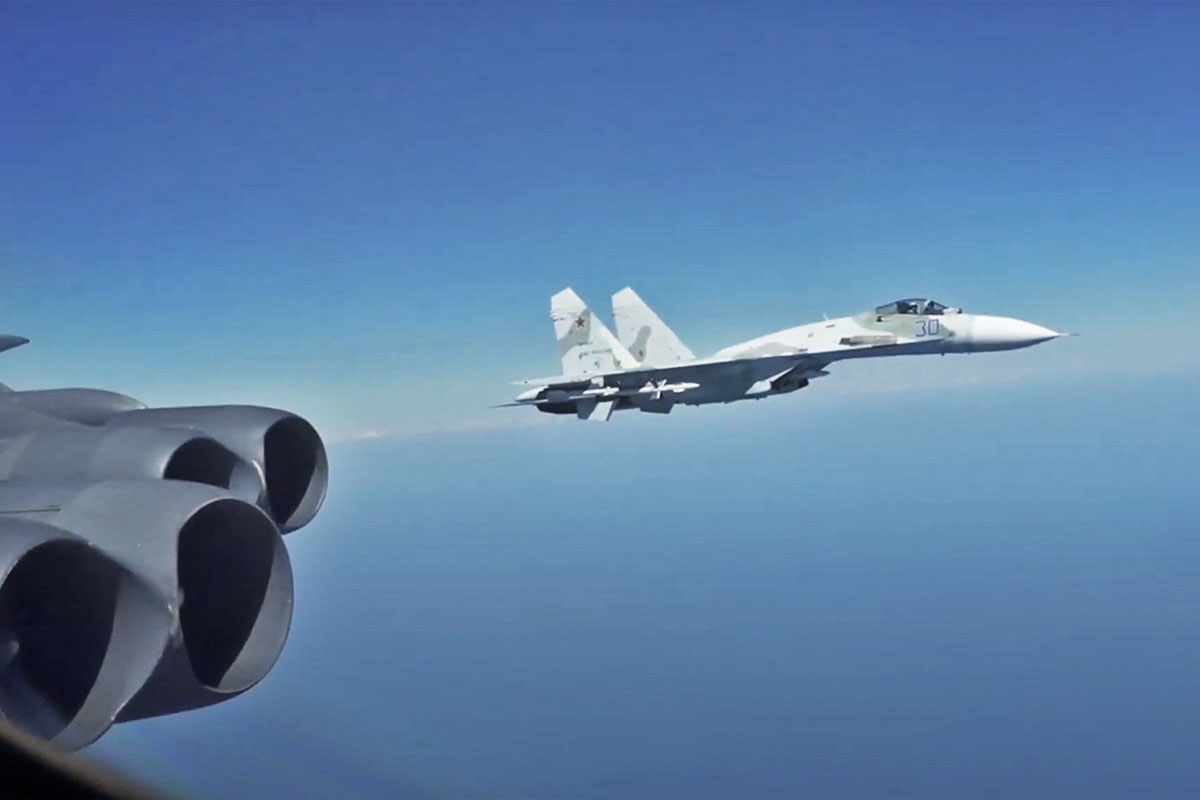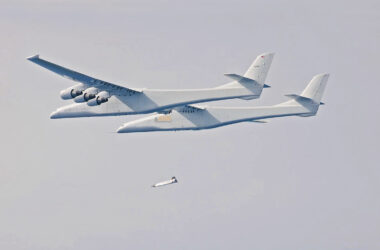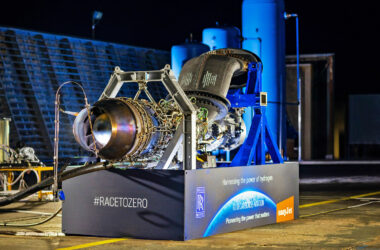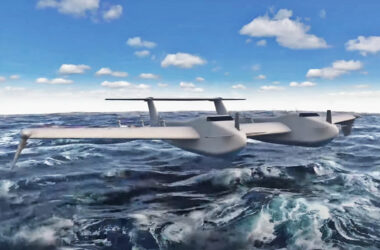The startup Acubed, from Palo Alto, California, started a series of flights with a Beech Baron equipped with several cameras and systems. The fact would not attract much attention if Acubed was not part of Airbus.
In an interview with Flight Global, the company’s CEO, Mark Cousin, confessed what the European giant’s goal is: “We certainly believe that the next generation of single-aisle aircraft will be single-pilot capable”.
Cousin did not say so clearly, but he cited the future plane that will replace the A320, Airbus’ best-selling commercial jet. The impact of offering on the market an aircraft capable of carrying between 150 and 240 passengers with only one pilot is enormous.
Although the workload of the crew has been reduced in recent decades, putting part of the responsibility for hundreds of souls in the ‘hands’ of an algorithm is an unparalleled step.
It means stating that this “virtual pilot” will have to be able to land an airplane without human interference. To make this technology viable it is necessary to collect as much data as possible and that is why Baron has been used to collect image data from several cameras.
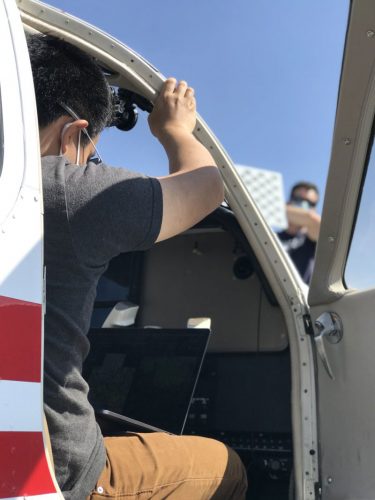
One of the next steps will be to equip the current jets with this camera system to collect an immense database that will be used in the artificial intelligence process.
Only with robust tested technology will it be possible to offer this possibility to airlines. If the successor’s debut forecast is confirmed, that scenario will only materialize in 2030. Airbus plans to start developing the ‘new A320’ in the second half of the decade, but the effects of the current global crisis may push that forecast forward.
Legal issues
For airlines, being able to cut labor requirements in half will mean unparalleled cost savings. But the technology is expected to cause immense regulatory, labor and safety discussions.
However, it seems to be a natural way. The cockpits of commercial aircraft have lost crew members as technology advances. First it was the navigator in the 60s and later the flight engineer, without affecting the safety of the flight.
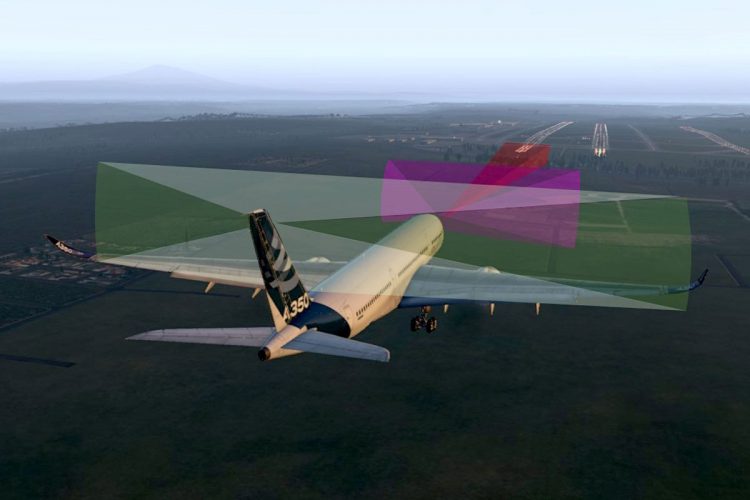
Accidents with the 737 MAX, on the other hand, suggest that the requirement for certification of automated systems should be more than strict. The failure of the MCAS system, which was supposed to help pilots at a high angle of attack, turned out to be the reverse, causing the death of almost 350 people.
More than ever, knowing what to “sit on the right side” of the cockpit will be crucial for manufacturers, companies and passengers.

